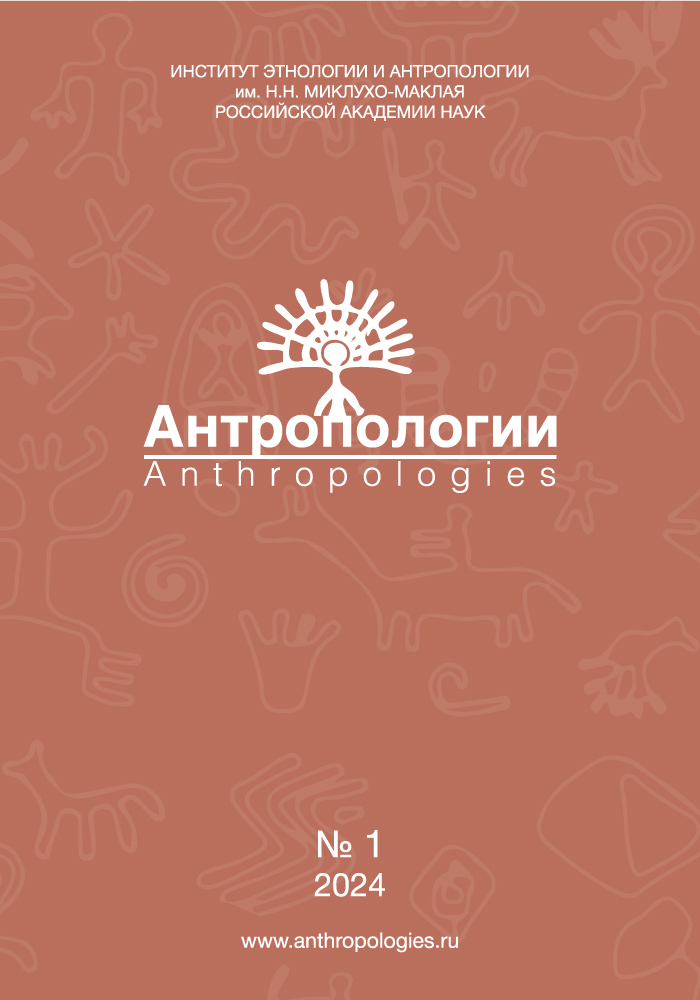Российская семиотика – якутский вектор. Тенденции развития рубежа ХХ–ХХI вв
DOI:
https://doi.org/10.33876/2782-3423/2024-1/17-30Ключевые слова:
этнография, этнология Якутии, семиотическая/символическая антропология, культурное наследие, этничность, национальное самосознаниеАннотация
В статье идет речь о тенденциях становления и развития якутского центра этнографии/этнологии. На рубеже ХХ–ХХI вв. оно было связано с освоением методологии семиотики. Становление семантической/символической антропологии в Якутии опиралось на поиски и открытия российской и мировой гуманитарной науки. Структурно-семиотический подход позволил, отказавшись от стадиально-типологических оценок, перейти к характеристике «устройства и языка» традиционной культуры — от вещного мира до мифоритуальной сферы. При анализе текстов якутской культуры на его основе были выделены структуры, связанные с темой творения в обрядах и эпике. Креационный потенциал, возникший на основе алгоритма, заданного семиотикой, транслировался в социокультурные практики региона. Исследования якутских ученых были взяты за основу при разработке концепции и символического контента национального праздника Ысыах; они определили практики сохранения и популяризации сказительской традиции олонхо. Становление якутской семиотики сопровождало процесс актуализации самосознания этнонационального сообщества Республики Саха (Якутия).



